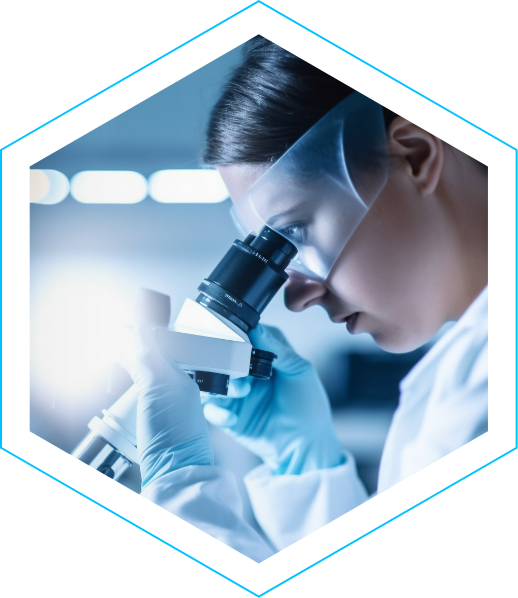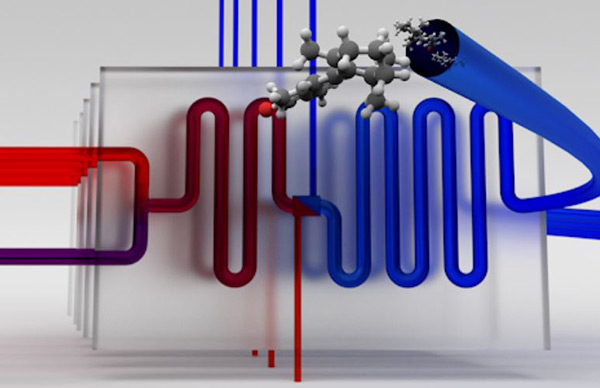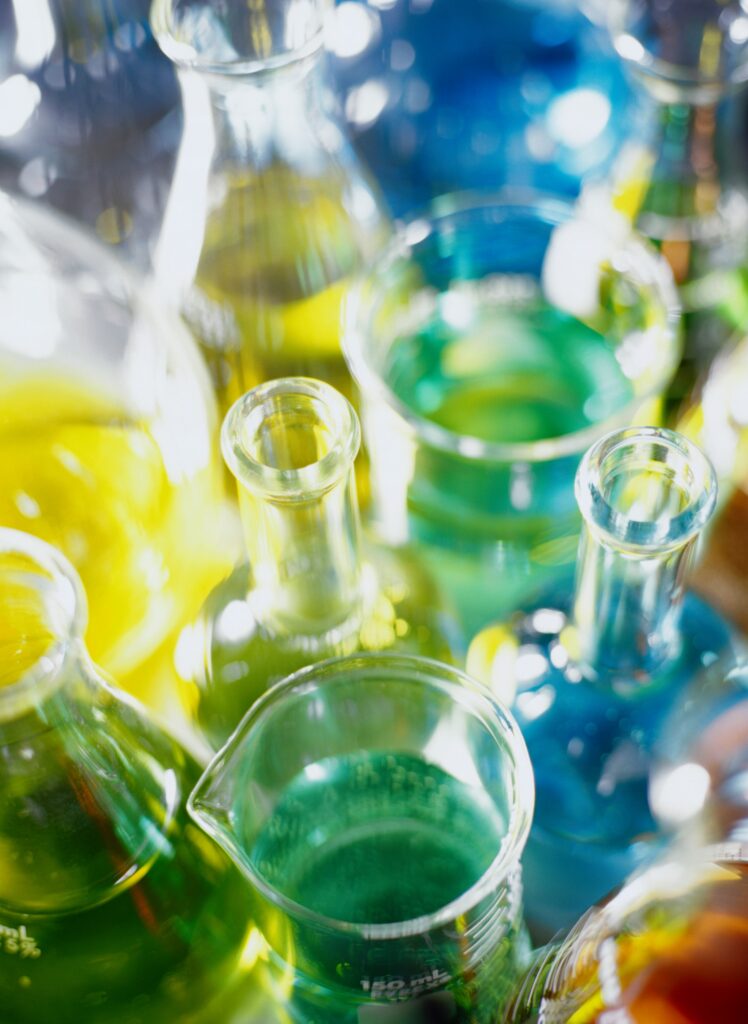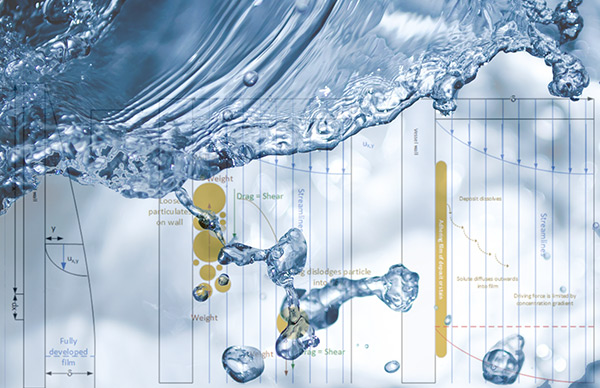Scientific Update
Leading the way in global chemical education and innovation
Scientific Update offers specialised conferences and training courses for industrial chemists and chemical engineers.
Scientific Update was established in 1989 by Dr. Trevor Laird to organise conferences and training courses for industrial chemists and chemical engineers in chemical development and scale-up and many other specialist topics in organic chemistry. We also provide extensive consultancy services in these fields and act on the Editorial Advisory Board for the international scientific journal entitled Organic Process Research and Development (OPRD).


We are an experienced team of industry experts.
A wide range of expert advice, both business and scientific, is available to the chemical and pharmaceutical industry from our team of process chemistry consultants.












